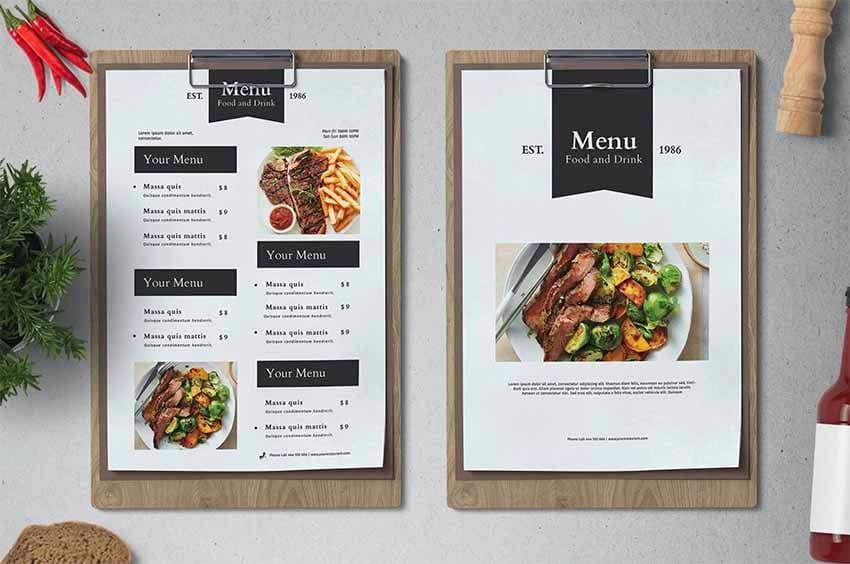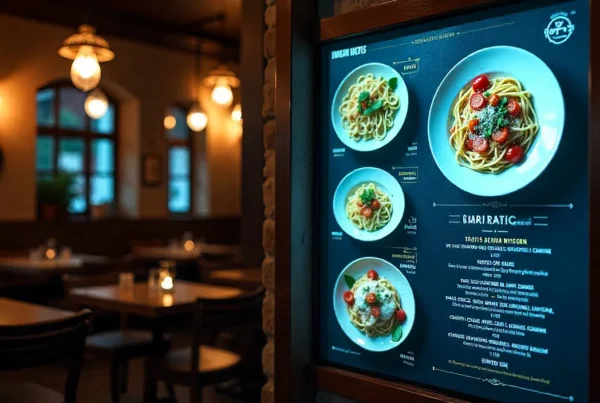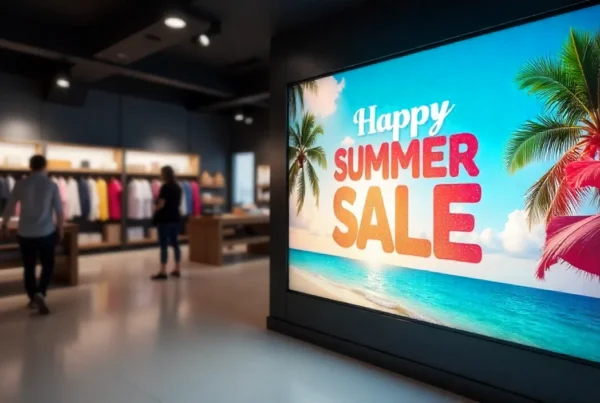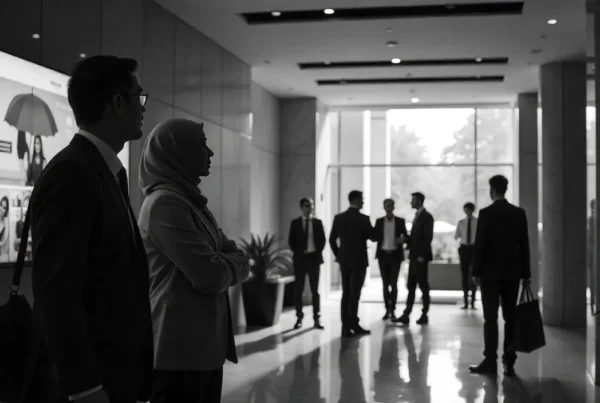The menu is just not a list of foods offered at an eating joint but it is a marketing communication tool that defines the experience. A well-developed menu leads to sales, better customer satisfaction and to the customers understanding the restaurant’s brand. Here are seven creative menu design ideas to inspire your next revamp:
1. Use Engaging Visuals
The problem is that using high-quality visuals in your menu can be irresistible. Bright pictures of meals or drawings can make a persons’ hunger grow and help the customers to decide. For instance:
· Photography: When it comes to your menu, use professional food photography to highlight your most ordered foods. Note that the images should be clear, lit and styled to capture the aspects of freshness and flavor.
· Illustrations: Graphics made by hand or with the help of a computer can be reckless or strict, depending on the company.
· Icons: Use small icons for the specific categories such as vegan, gluten-free, spicy and etc. in order make the menu more comprehensible.
2. Experiment with Typography
Menu design is one of the most important elements in the restaurant atmosphere; typography is its crucial part. Your fonts should be in line with the personality of your brand. For example:
· Elegant Fonts: Those restaurants that are considered to be upscale should use script or serif fonts.
· Playful Fonts: For casual restaurants or cafes, select dramatic and fun fonts.
· Hierarchy: Space text using both size and weight as a one way to lead the eyes around the page. The names of the dishes or any dish that is considered special can be emphasized through using a larger or bolder type of font.
Ensure the text is legible, irrespective of the amount of light in the environment.
3. Leverage Color Psychology
Colors are psychological triggers and can sway people’s decisions unconsciously. It would be best to choose a color scheme that fits your brand and the type of food you offer. For example:
· Warm Colors: Reds, oranges and yellows are appetite arousing colours and therefore suitable for fast food or other relaxed restaurants.
· Cool Colors: Blues and greens are the best for fine dining or any business associated with health and nutrition.
· Contrasting Colors: Make different things contrast in order to draw attention to certain items. Use a splash of color on the specials board or on high-margin products.
4. Incorporate Interactive Elements
Graphic menus are an improvement to the traditional menus and may form the basis of customer interaction especially when the restaurant is a family restaurant or a contemporary restaurant. Consider these ideas:
· QR Codes: Add some QR codes that lead to the videos of how meals are prepared or have more information about the ingredients used.
· Scratch-and-Sniff Sections: To add humor, let customers sniff popular meals of the day.
· Augmented Reality (AR): Such menus can be made interactive with Augmented Reality thus giving a modern touch by making the items appear in 3D.
Many of these menus are also informative as well as entertaining to the customers and can also be used as a point of sales.
5. Adopt a Minimalist Approach
Sometimes less is more. Simple and clean menu design is perfect for posh dining establishments or for that new wave cafe style. Tips for minimalist design include:
· White Space: Inter-item spacing should be left open to reduce the probability of clutter.
· Simple Layout: Introduce order by using clean lines and simple layout and ensure that the site is easy to navigate.
· Limited Choices: This means that the selection of dishes should be limited but the options should be of high quality to avoid decision paralysis.
6. Tell a Story
Take your menu to the next level of brand evangelism by using it to tell your brand’s story. It can be used to develop an emotional bond with customers. Here’s how:
· Dish Descriptions: Be creative while naming meals, and it would help if you included some background information on them.
· Local Ingredients: Emphasize the availability of local or seasonal products.
· Personal Touch: Tell stories about the chef, the specialties or the story of your restaurant.
For instance, a seafood restaurant could highlight the fact that they only source their fish from sustainable sources which makes the consumers feel that they are doing something right.
7. Create Seasonal and Rotating Menus
An ever changing menu is great for customers because they can always be introduced to something new. The other recommendation is to offer products that are themed on a particular season or are available for a limited time. Ideas include:
· Seasonal Themes: Adapt the design and the choice of dishes to the season. For instance, warm colours and comfort foods in winter while cool colours with lighter foods in summer.
· Highlight Specials: Include a daily special or a seasonal menu into another page or at the back of the menu.
· Event-Specific Menus: Design seasonal and occasional menus, for example, February 14, October 31, or cultural celebrations.
This also makes it possible for chefs to be creative with the menu since they are likely to rotate from one menu to another.
Bonus Tips for Menu Design Success
· Menu Layout: Position the items which have the highest profit-making potential in the ‘attention focus areas’ which include the top right hand corner or centre of the page.
· Readable Formatting: To make the text more readable, the author should use clear headings, section divisions and space the text evenly.
· Digital Menus: In the case of online ordering, your digital menu board should be optimized for mobile and should not be unbearably complicated to navigate.
· Customer Feedback: Try on new designs and layout with the regular customers and make changes based on their feedback.
Final Thoughts
A menu is a work of art which is equally a work of strategy as it is a work of creativity. By adding beautiful images, good fonts, and cool animation or narrative features, you can create a menu that will not only look great but also help increase your restaurant’s profits. Below, you’ll find several creative menu design ideas that you can borrow and use to turn your menu into a marketing tool.
Menu design is not just about the looks; it is about the experience as it gives customers the appetite to make a next visit.





